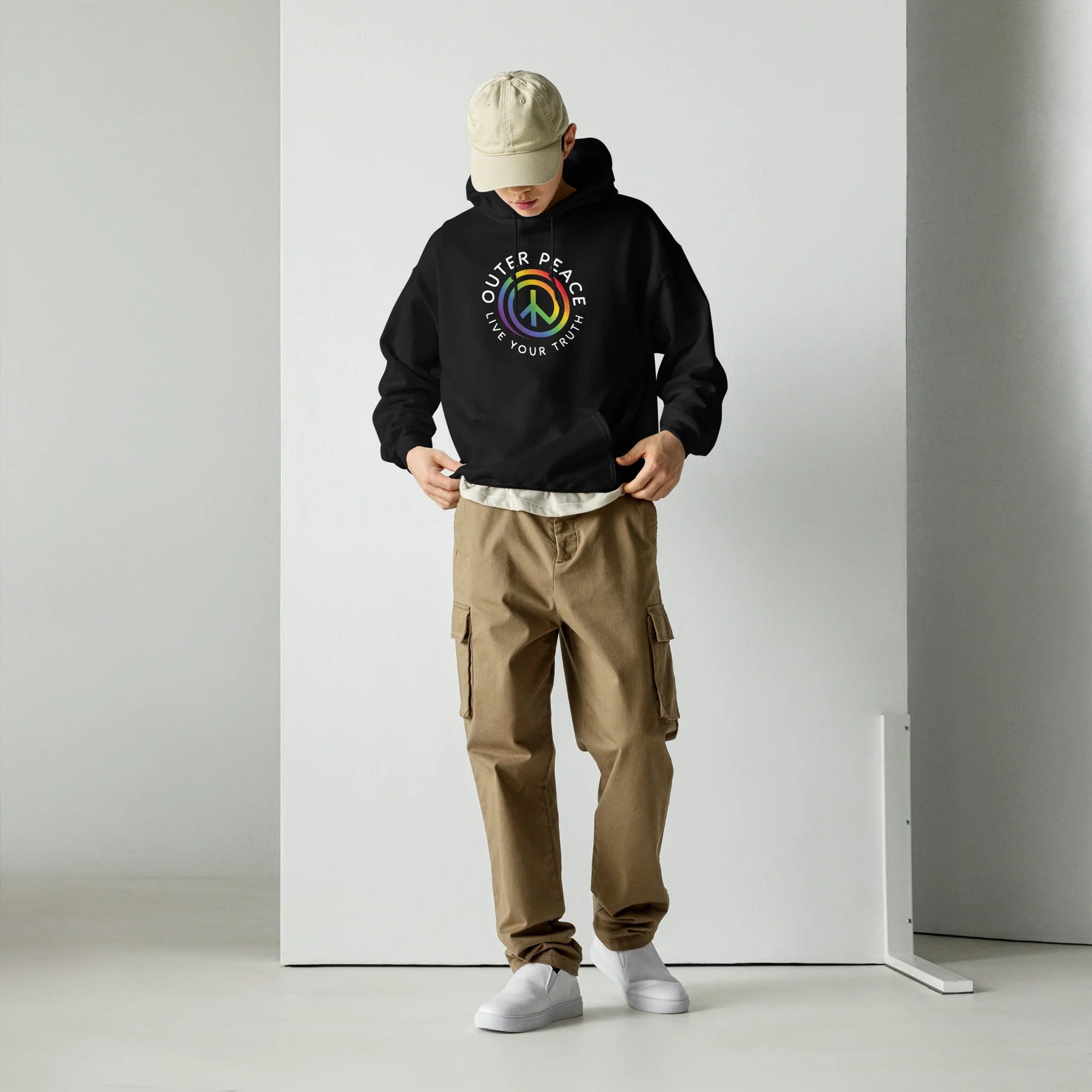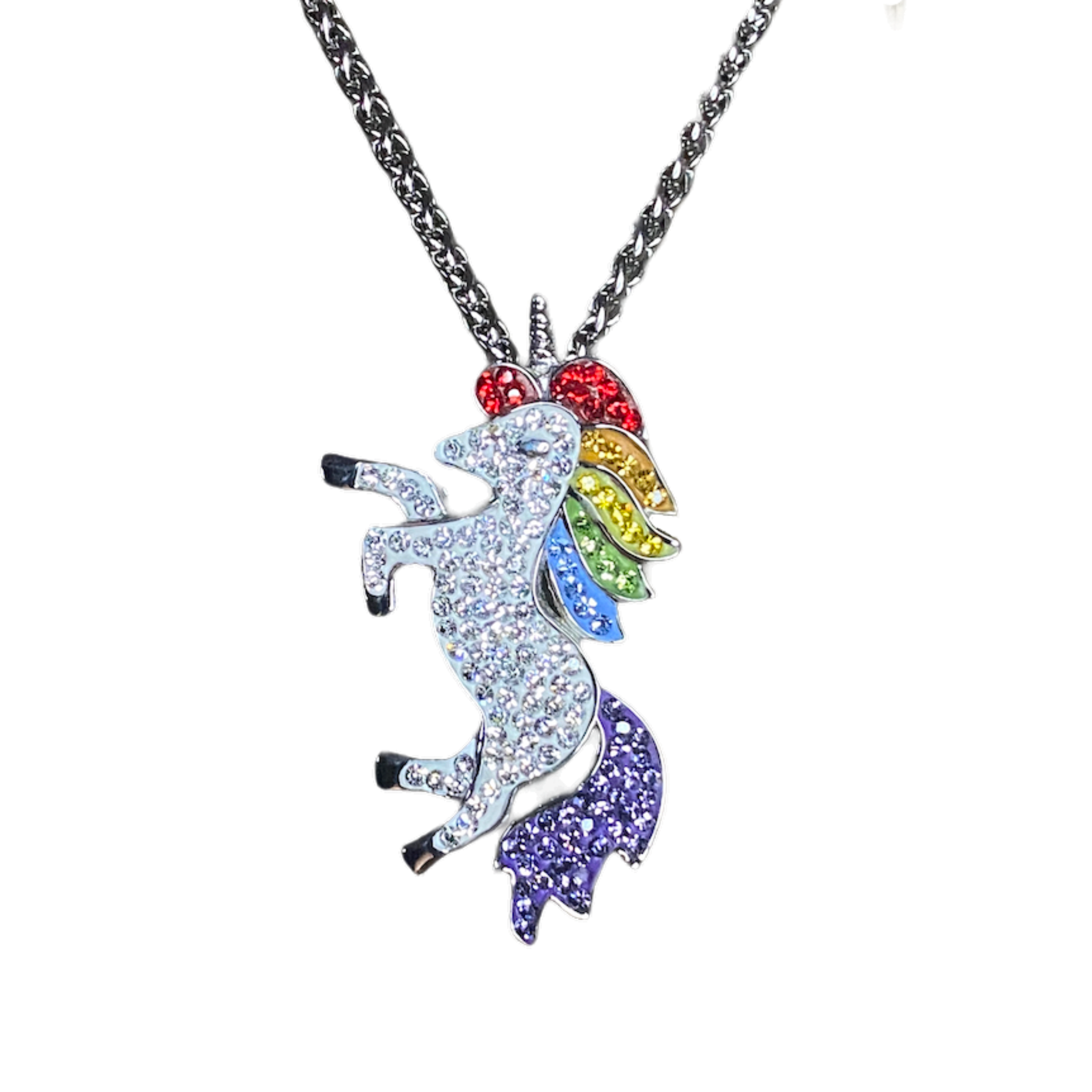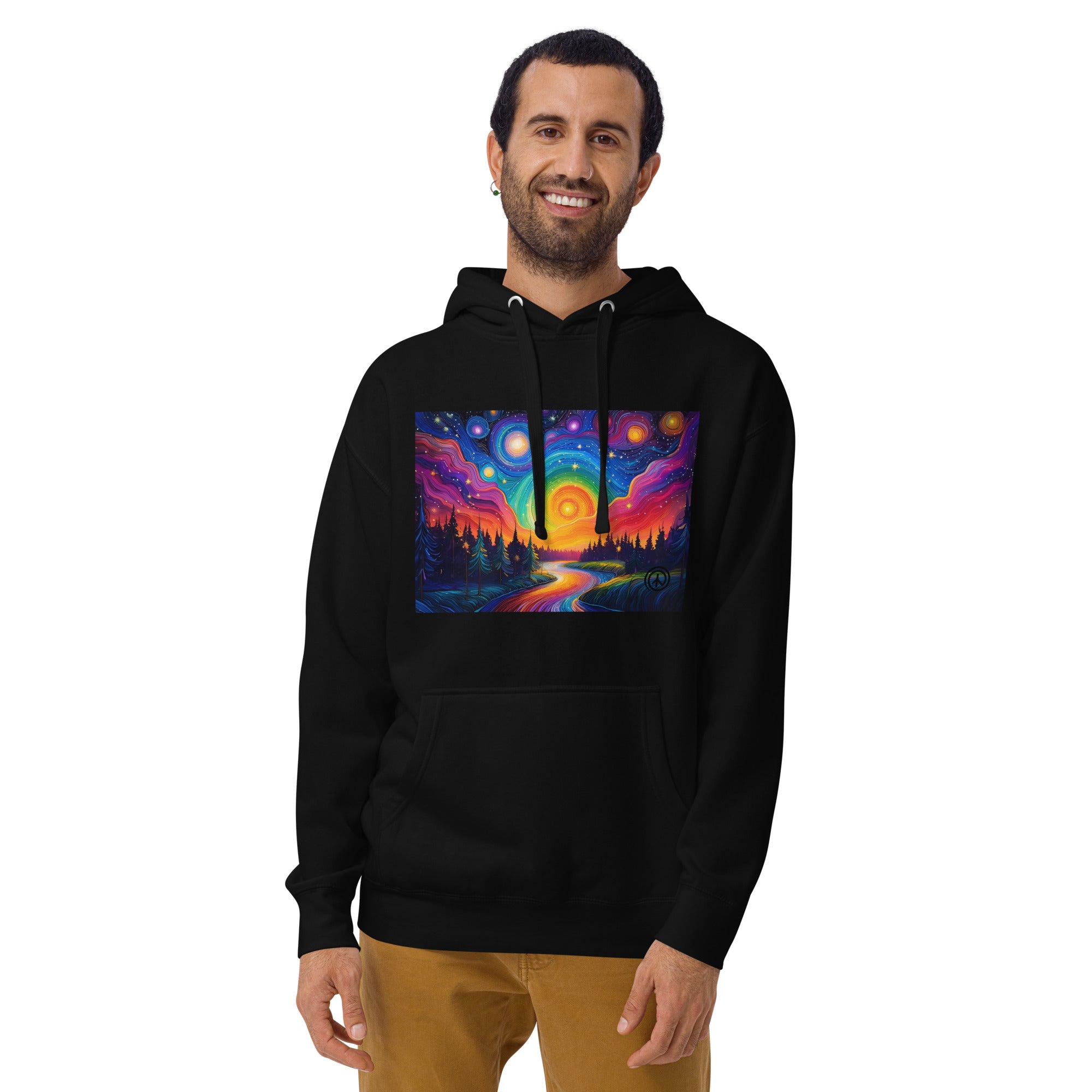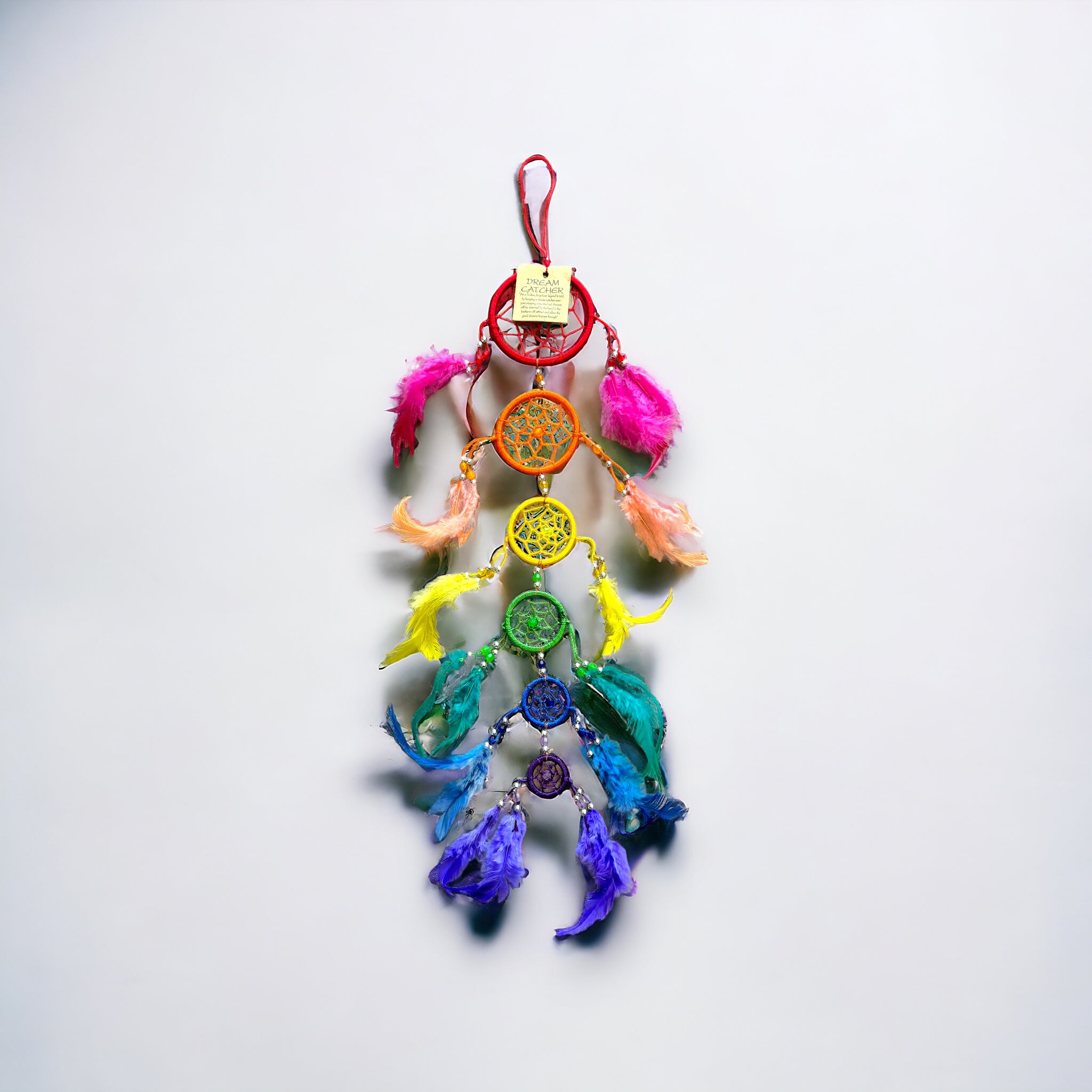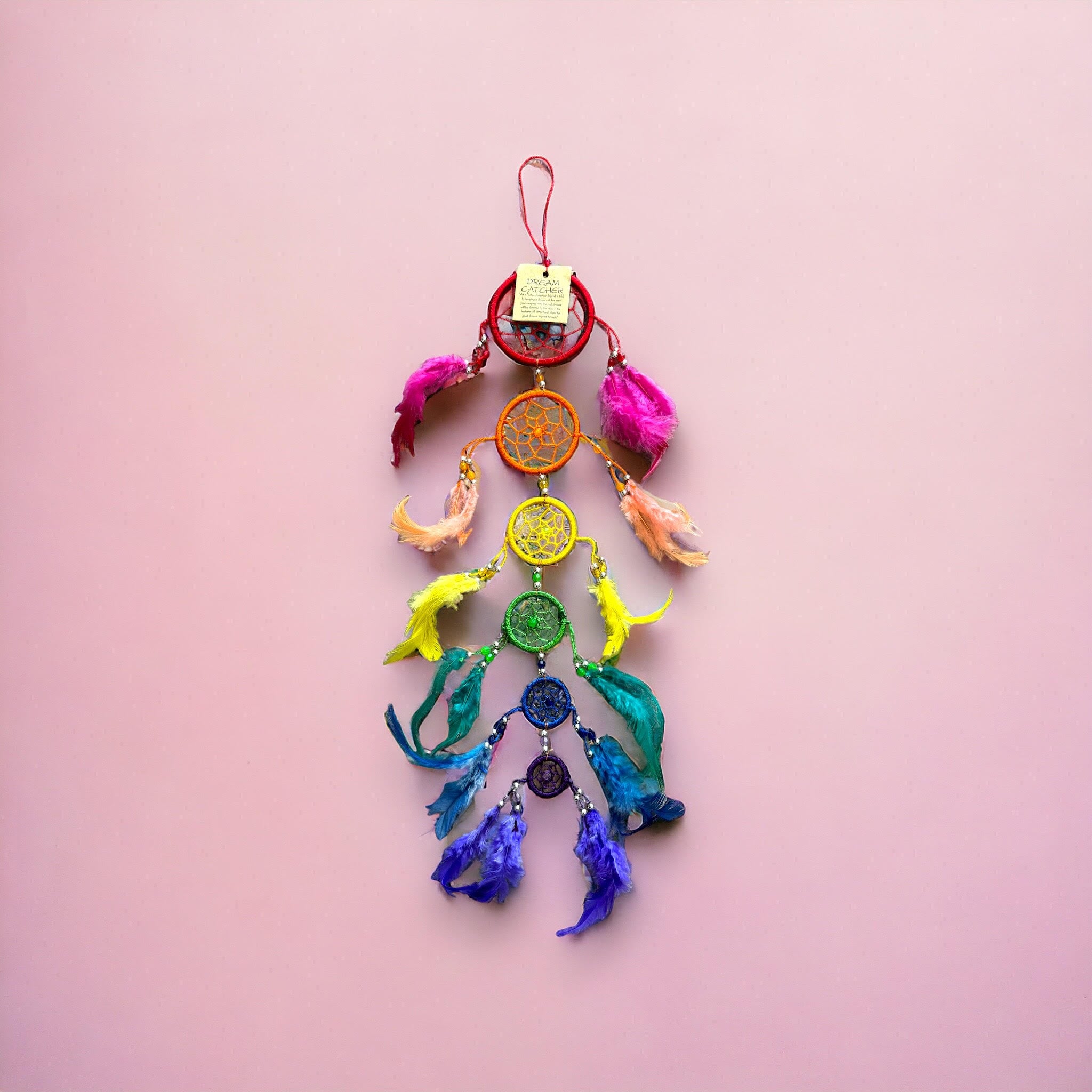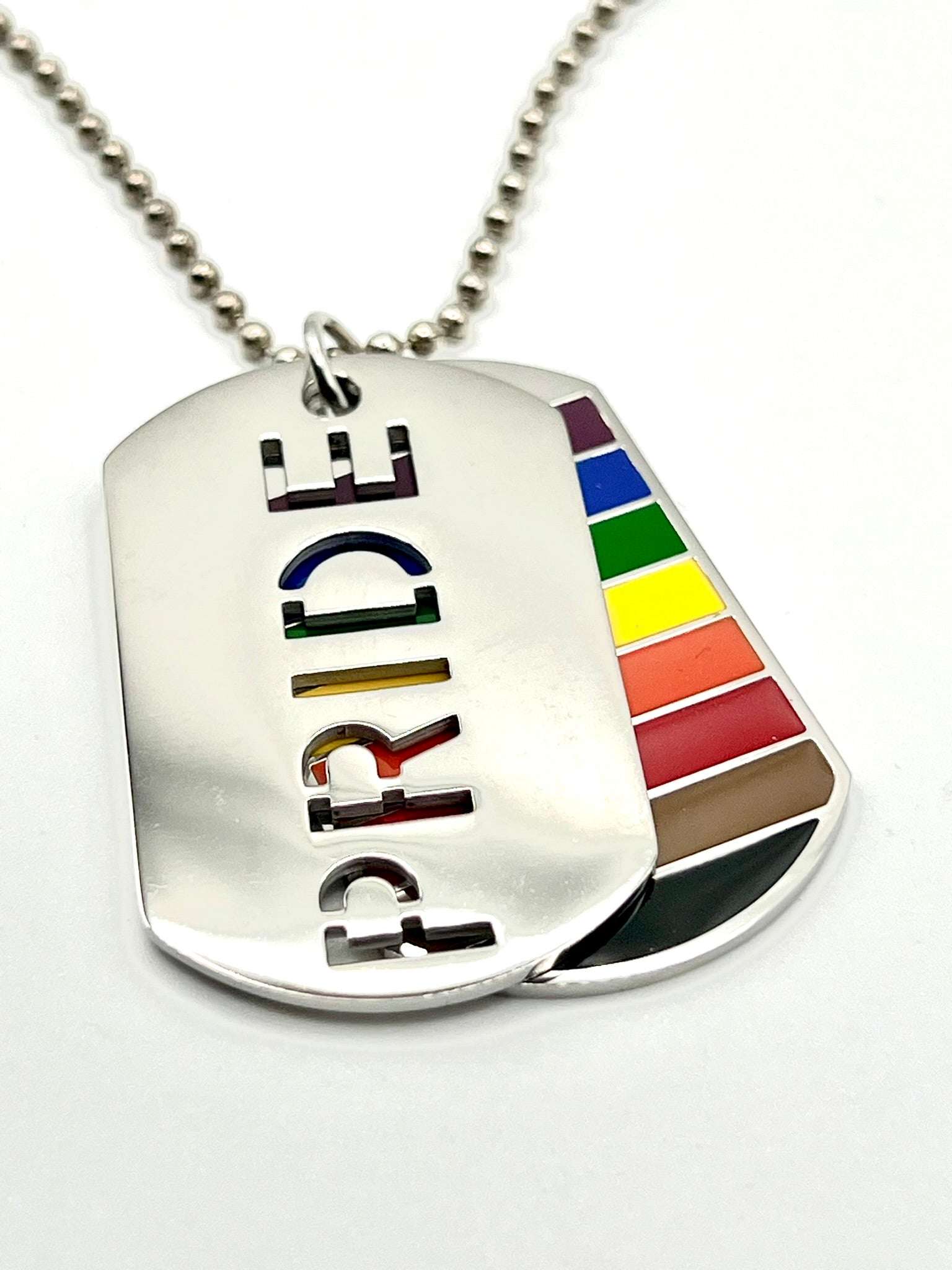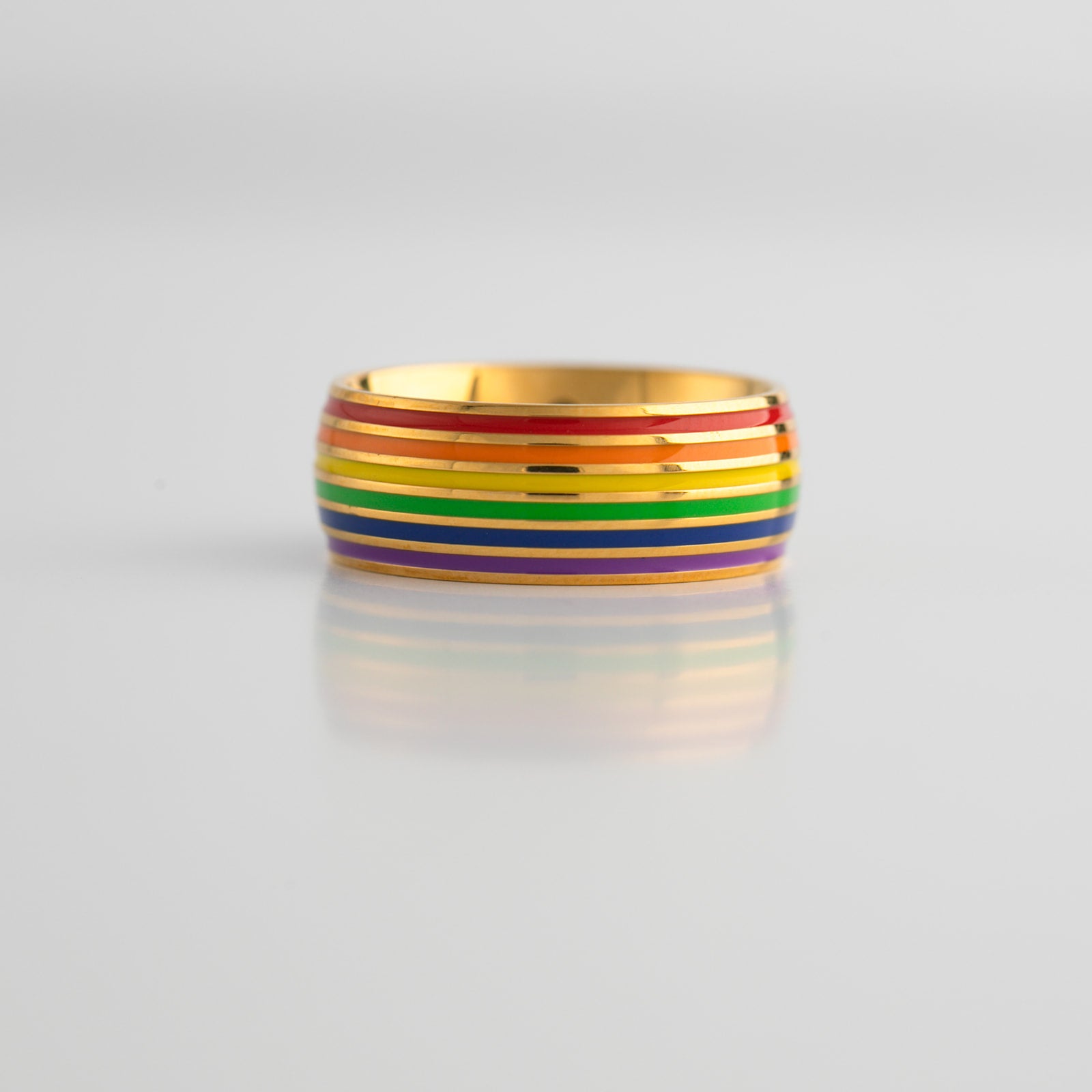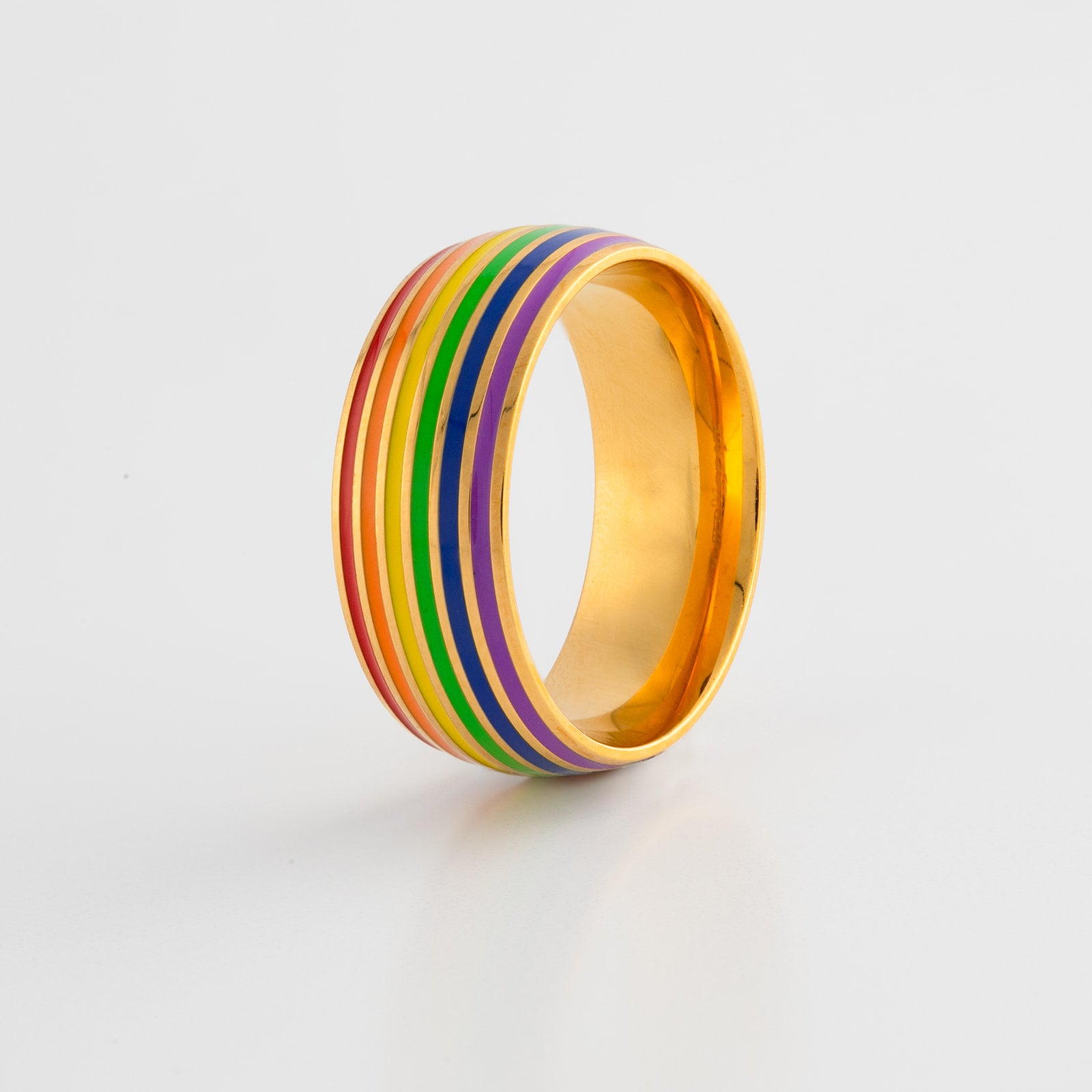
Gay Pride celebrations are becoming an essential part of the fight for acceptance and equality by the LGBTQ+ community. Along with being lively parades and celebrations, these festivals also act as a strong representation of visibility, unity, and resilience. The ongoing battles of the LGBTQ+ community have only served to increase the relevance of these events throughout time. It is crucial to acknowledge and celebrate the pride and identity of the queer community because of the many challenges they confront, including the fight for marriage equality and the battle against discrimination and (sadly rising) hate crimes. Here, we'll examine 7 factors that make Gay Pride festivities more vitally important than ever. This movement deserves our support, from highlighting the value of diversity and inclusivity to enabling people to lead authentic lives.
The Development of Gay Pride Activities
The Stonewall riots of 1969 (June 28) marked the beginning of Gay Pride events' rise to fame. The police frequently searched the well-known queer-friendly bar The Stonewall Inn in New York City. In June 1969, the patrons of the pub attacked the police in retaliation, and there were protests and demonstrations that lasted for several days. Most people agree that the Stonewall riots were a turning point in the LGBTQ+ rights struggle and the commencement of the Gay Pride movement. Gay Pride celebrations have been held all over the world since the 1970 New York City Gay Pride Parade.
In addition to honoring the Stonewall riots, today's Gay Pride celebrations also highlight the progress made in the fight for LGBTQ+ rights and push for more reform. These occasions stand as a testament to the LGBTQ+ community's perseverance and endurance as well as a reminder that the fight for equality is still being waged.

The Importance of Today's Gay Pride Events
Emphasizing the profound significance of today's Gay Pride events is vital. As societal challenges persist, from prejudice and violence to systemic exclusion, these vibrant celebrations serve as sanctuaries for the LGBTQ+ community to express and embrace their distinct identities. They're not mere festive gatherings; they're affirmations of selfhood and bold rejections of discrimination. Alongside the cheer and color, there's a narrative of resilience and struggle, a testament to a community that advocates for its rights unceasingly. These gatherings not only furnish a safe haven for the community but also amplify the call for a society that's more accepting and fair.
To deepen our grasp of the historical and international dimensions of Gay Pride, it's paramount to take note of the multiple landmarks and triumphs the LGBTQ+ community has accomplished across the globe. Starting with the inaugural official Pride parade in 1970, and leading to the recognition of same-sex marriage in numerous nations, advancements have been steadily gained. Nevertheless, the worldwide landscape of LGBTQ+ rights is varied and intricate, with some nations yet to fully embrace and acknowledge the basic human rights of their LGBTQ+ population.
The battle for LGBTQ+ rights knows no boundaries, with campaigners all around the globe persistently advocating for progress, insisting on the recognition and respect they are entitled to. Through mutual learning and unity, the international LGBTQ+ community is cultivating a supportive and inspiring network. Against this backdrop, Pride events are fundamental in heightening awareness, commemorating successes, and endorsing a more just and fair future for everyone.
Delving further into the implications of Pride in the sphere of advocacy and legislative change, we unearth an astonishing legacy of sway and metamorphosis. Pride events are far more than mere processions or festivities; they act as potent stages for disseminating awareness and instigating change. They've played a pivotal role in lobbying for significant legal triumphs, like the revocation of laws criminalizing homosexuality and the ratification of same-sex marriage in many countries. These jubilant gatherings act like loudspeakers, broadcasting the demand for equality far and wide.
Marching in the streets, the LGBTQ+ community and their supporters utilize Pride celebrations to bolster their voices, insisting on the cessation of discrimination and unfair treatment. Every shout of support, every placard, and every float bears witness to the community's unwavering push for policy amendments. It’s a nudge that notions of love, acceptance, and equality must never be viewed as luxuries; they are fundamental rights owed to all. Pride transcends mere festivities—it's a clarion call and a torch of hope for a future that embraces everyone.
The Mental Health Benefits of Pride Celebrations
Shining a light on the mental health benefits of Pride, it's heartening to see how these celebrations foster a sense of belonging and self-acceptance in the LGBTQ+ community. By creating a space where individuals can unabashedly express their true selves, Pride events help to alleviate feelings of loneliness and isolation. They serve as an affirmation of identity, promoting mental wellness and resilience. In a world that often marginalizes them, Pride gives the LGBTQ+ community a chance to celebrate their existence, reinforcing the message that it’s okay to be who they are, in all their splendid diversity.
THE FUTURE OF PRIDE CELEBRATIONS
Looking ahead, Pride celebrations are set to evolve, mirroring the changing societal attitudes towards the LGBTQ+ community. There is an expectation that Pride will continue to grow in inclusivity, embracing all identities within the community. Technological advancements may also reshape the celebrations, allowing for broader global participation. Nonetheless, challenges lie ahead, from combating persistent homophobia and transphobia to ensuring that Pride retains its activist roots amidst increasing commercialization. Yet, with unity, resilience, and shared pride, the LGBTQ+ community will continue to overcome these challenges, making the future of Pride brighter than ever.
INTERSECTIONALITY IN PRIDE CELEBRATIONS
Pride celebrations are increasingly recognizing the importance of intersectionality within the LGBTQ+ community. By acknowledging the overlapping identities such as race, ethnicity, religion, and disability within the LGBTQ+ community, Pride can better reflect the diverse experiences of its members. This inclusion fosters a deeper understanding and appreciation for the rich tapestry of the community. It's a reminder that Pride isn't just a celebration of sexual and gender identities but a recognition of the many facets that make up the unique individual. The continued focus on intersectionality will ensure that Pride remains a truly inclusive and representative celebration.
Let's delve into seven central reasons that bolster the relevance of Pride events today.
1. Promoting Tolerance and Equality: A Core Tenet of Pride
One of the central purposes of Gay Pride events is to foster a culture of acceptance and equality. These celebrations serve as vibrant reminders that individuals within the LGBTQ+ community are respected and cherished constituents of our diverse society, deserving of the same protections, freedoms, and rights as their heterosexual counterparts.
Inclusivity and acceptance form the foundation of these events, creating an environment that transcends mere tolerance, encouraging genuine understanding and celebration of diverse identities. By underscoring the message of equality, Pride events challenge societal norms, question prejudices, and confront the systemic barriers that have traditionally marginalized the LGBTQ+ community.
Moreover, these events offer a platform to educate the wider society about LGBTQ+ issues, fostering empathy and dismantling the misconceptions that often drive discrimination. Through these efforts, Pride celebrations work relentlessly towards a future where the LGBTQ+ community is not just tolerated but fully accepted and cherished. This makes them an instrumental part of our collective pursuit of a more inclusive and equitable society.
2. Increasing the Power and Unity of the LGBTQ+ Community
Gay Pride events provide a vibrant stage for individuals to express their authentic selves, and in doing so, they uplift the global LGBTQ+ community. These gatherings serve as powerful affirmations of unity, reminding queer-identifying individuals of the vast support network that stands with them. They underscore the message that no one in the community stands alone. This empowerment fostered by Pride events reverberates beyond the community, inspiring the broader society to become more accepting and welcoming. Through such celebrations, we see the strength of the LGBTQ+ community amplified, their unity bolstered, and societal attitudes gradually reshaped towards greater inclusivity and acceptance.

3. Celebrating Diversity and Individuality
Gay Pride festivities are a vibrant tribute to the multifaceted diversity and distinct individuality within the LGBTQ+ community. These exuberant parades and gatherings serve as living proof that there is no "one-size-fits-all" definition for LGBTQ+ identities. On the contrary, they celebrate the boundless array of self-expression and the myriad pathways to self-discovery that exists within the community.
Every glittering float, every colorful banner, every courageous participant in these events contributes to a kaleidoscope of experiences and identities, which together form the vibrant tapestry of the LGBTQ+ community. Each individual story woven into this tapestry is unique, with its own challenges, victories, and joys.
By spotlighting this vast array of individuality, Pride celebrations work to dismantle stereotypical perceptions and foster a deeper understanding of the LGBTQ+ community. They underscore that while diversity is a hallmark of the community, it is the shared pursuit of acceptance and equality that unites them. Through these celebrations, society is invited to not merely observe, but to appreciate and celebrate the rich diversity and individuality within the LGBTQ+ community.
4. Creating a Safe Space for the LGBTQ+ Community
Gay Pride events provide a safe space where individuals are free to express and celebrate in their unique identities. These gatherings act as supportive zones where participants can be true to themselves, devoid of apprehension or prejudice. More than just ensuring safety, Pride ceremonies foster an atmosphere of acceptance, an environment often hard to find in routine life. By creating such compassionate spaces, Pride events play a pivotal role in fostering a society that is incrementally more embracing and understanding. These celebrations represent a guiding light, signaling the ideal world we aim for - a place where everyone can authentically be themselves, cherished, and acknowledged without any reservations.
5. Combating Homophobia and Transphobia by Taking Action
Gay Pride festivals stand as formidable weapons in the battle against the deeply entrenched issues of homophobia and transphobia. These gatherings do more than just raise the alarm on the bias and brutality that members of the LGBTQ+ community regularly endure. They actively confront and challenge the deep-seated biases and misguided preconceptions fueling this prejudice. Gay Pride celebrations serve as platforms of resistance and transformation, mounting a challenge against homophobia and transphobia. They bring these issues into the public eye, stimulating discourse and demanding action. Through these concentrated efforts, Pride events contribute substantially to the progression towards a society that is more just, equitable, and inclusive. By rallying support and spreading awareness, they strive to dismantle systemic barriers and pave the way for a future where everyone is treated with dignity and respect.
6. Fostering solidarity with Allies
Gay Pride festivals are not just limited to members of the LGBTQ+ community; they also welcome and encourage participation from friends, family, and supporters — commonly referred to as "allies." These allies play a pivotal role in the ongoing fight for equality. By actively participating in these celebrations, allies can publicly demonstrate their empathy and commitment to the LGBTQ+ cause. Gay Pride events offer a platform for these allies to show their support, learn more about the challenges faced by the community, and amplify their advocacy efforts. In turn, this participation from allies helps to widen the scope of support available to LGBTQ+ individuals, fostering a more expansive network of solidarity. It reinforces the message that the fight for LGBTQ+ rights is a collective responsibility that extends beyond the community itself, signaling a united front against discrimination and prejudice.
7. Braving the Fear: Pride Parades and the Journey of Coming Out
Unveiling one's LGBTQ+ identity to family and friends, a process often referred to as "coming out," can be an intimidating journey, particularly for younger members of the community. The apprehension of potential misunderstanding, dismissal, or exclusion is a tangible challenge. Here, Pride parades can significantly influence societal views about the LGBTQ+ community. These exuberant expressions of unity, acceptance, and individuality work to enlighten the wider public about the richness and diversity of LGBTQ+ experiences, thereby disrupting biases and misinterpretations. More crucially, they underscore that identifying as LGBTQ+ is not an aberration but a valued aspect of human diversity. As Pride parades inspire shifts towards a more inclusive societal mindset, they aid in constructing an empathetic environment. This fosters confidence in young LGBTQ+ individuals during their coming out journey, offering them a vision of a world that is more understanding and embracing.

It’s Time to Celebrate Our Unique Sameness
Gay Pride celebrations are more important than ever. They offer a safe space for people to express themselves and celebrate their identities and act as an effective representation of visibility, harmony, and resiliency. By promoting equality and acceptance and empowering the LGBTQ+ community, Pride parades are essential in the fight for LGBTQ+ rights. As we continue to face enduring challenges, it is crucial that we support and celebrate our LGBTQ+ community with the same enthusiasm and vigor that we’ve been fighting for forever. Together, let's embrace our unique sameness and rejoice in the power of Pride events, unifying our beautifully diverse, yet singular, community.
Voicing the Debate: How Can Pride Overcome Criticisms and Foster Greater Inclusivity?
Extending our conversation on the contentious facets of Pride celebrations, it's essential to acknowledge the various concerns that have emerged. One of the prevailing criticisms is the perceived excessive commercialization of Pride. As more businesses participate as sponsors, there's a growing concern that the spirit of activism at the heart of the event is being eclipsed by commercial interests, diverting attention from its fundamental message of social justice.
In addition, there's an escalating demand for greater inclusivity within Pride events. Although Pride is a symbol of hope for the LGBTQ+ community, it should also mirror the community's rich diversity. More efforts are needed to ensure that marginalized groups within the LGBTQ+ community, such as people of color and transgender individuals, are adequately represented and their voices heard.
Furthermore, the tone and intent of Pride can be a subject of debate. While some regard it as an opportunity to rejoice in the progress made, others insist that it should continue to serve as a protest, spotlighting the ongoing struggle for rights and acceptance.
Engaging with these criticisms and disputes is vital to keep Pride relevant, inclusive, and authentic. These vigorous discussions can guide Pride's evolution, solidifying its role as a powerful emblem of the multifaceted community it represents.
Featured collection
Get onboard with out awesome collection of LGBTQ+ exclusives!
2 Color(s) Available
10 Color(s) Available

